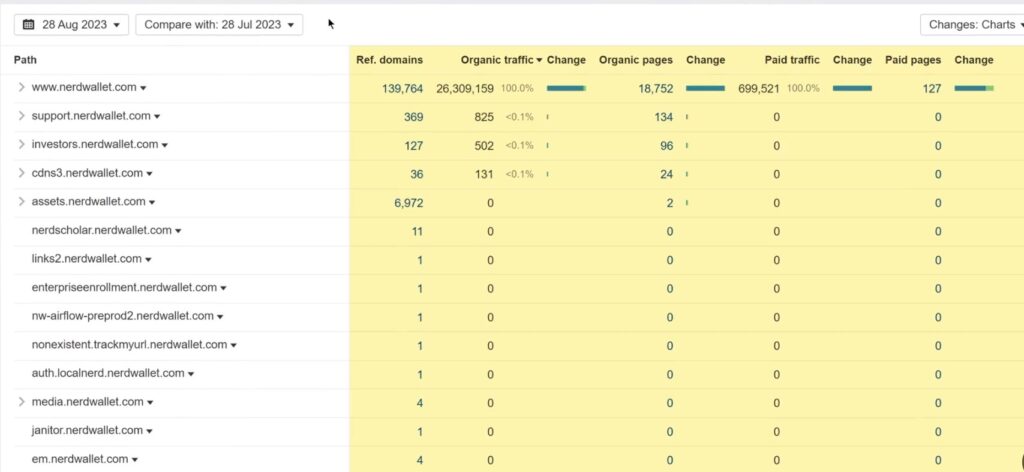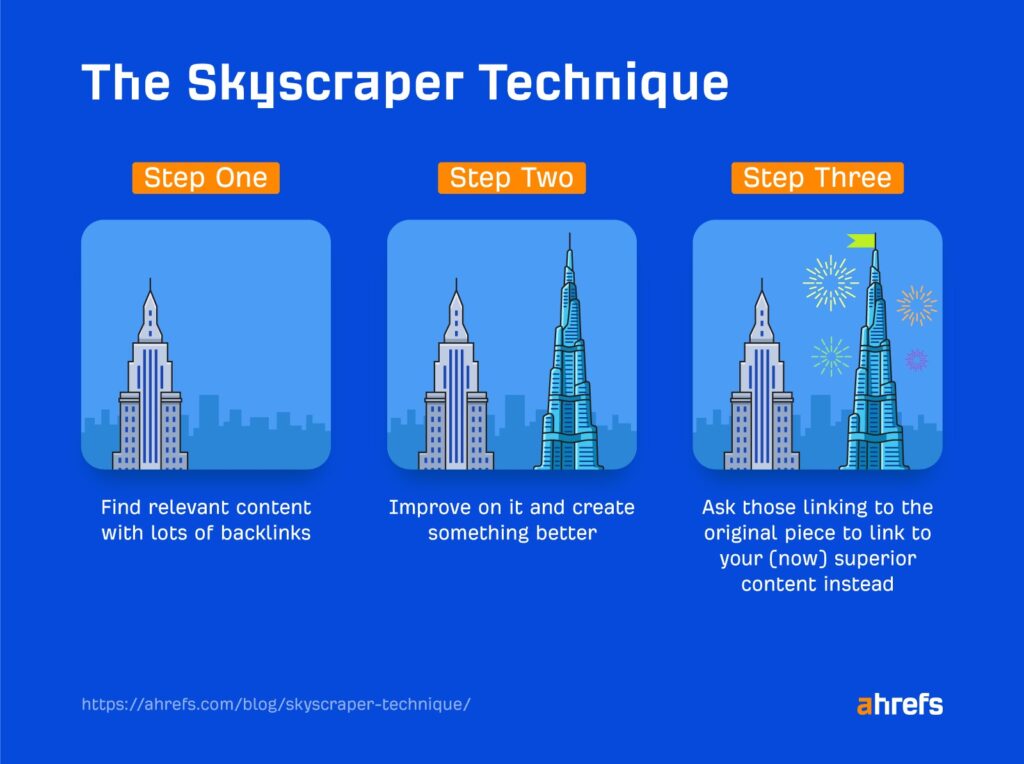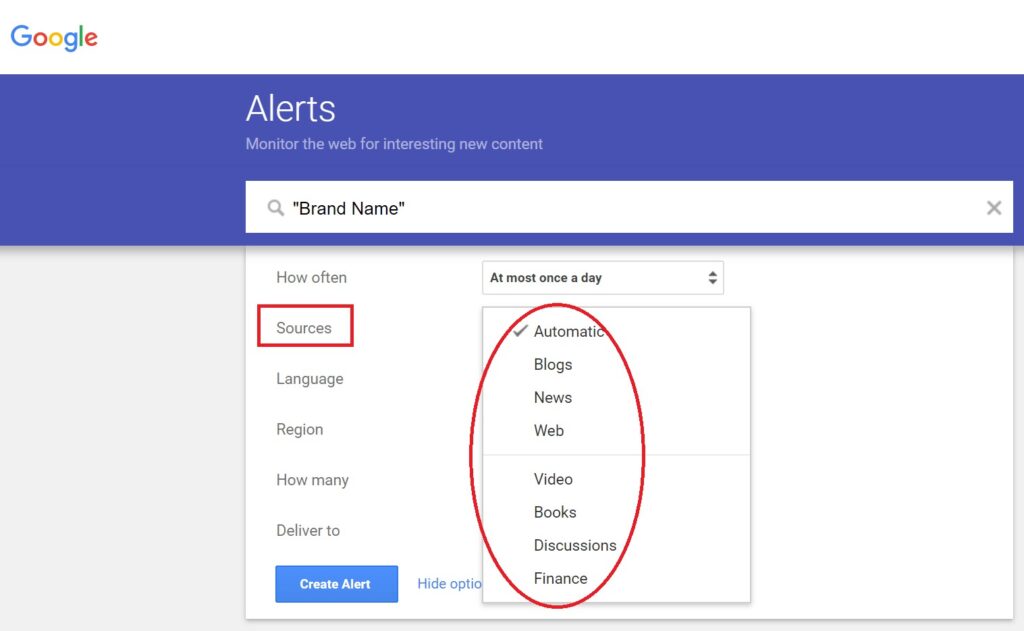Success Advice
How to Use Link Building to Get More Traffic to Your Website
A meticulously executed link-building strategy can transform your new website into a digital powerhouse

Why do some websites skyrocket to the top of search engine results while others languish in the digital abyss? Does the new site you’ve just created have a chance to get a target audience and organic traffic?
Yes, these goals are entirely achievable. It’s even easier than you might expect. The secret lies in developing a quality, well-thought-out link-building strategy. You don’t know how to work on it, do you? Don’t worry! We’re here to sort everything out.
How To Start Link Building
Set your goals first. It should be clear and achievable. Consider a small, family-owned bakery that launched an online store. To increase their digital footprint, they can focus on collaborating with local food bloggers and culinary websites to boost their website’s visibility and attract a relevant audience interested in artisanal baked goods.
Defining your link-building objectives, you can select different goals or even a few of them.
- Enhancing brand visibility and reputation.
- Targeting specific audiences.
- Increasing website traffic.
- Expanding network and partnerships.
- Improving search engine rankings.
Setting specific, measurable objectives allows you to focus your efforts, track progress, and adjust your tactics as needed. A strategic approach streamlines the process and maximizes the impact of each link acquired.

Find Link Building Opportunities
Let’s move forward. The next step is identifying link-building opportunities. Take, for instance, a burgeoning tech startup that discovered a goldmine of opportunities by analyzing backlinks of leading competitors. They meticulously crafted guest posts on topics where competitors had gained traction, thereby securing valuable backlinks from authoritative tech blogs and forums.
To uncover similar opportunities, employ the following techniques:
- Competitors’ backlinks analysis.
- Content gap analysis.
- Google alerts and mention.
- Broken links on relevant websites.
- Guest posting services.
Looking for link-building opportunities manually can be long, tedious, and time-consuming. Use special tools. Platforms like Ahrefs, SEMrush, and Moz can help you inspect competitors’ backlinks. BuzzSumo helps identify topics within your niche that are popular but underrepresented on your site.

Source: https://ahrefs.com/site-explorer
5 Core Tactics for Effective Link Building Strategy
Diving into the world of link building can often feel like navigating an intricate maze, with countless paths to choose from and unforeseen challenges at every turn. Yet, the rewards of mastering this craft are unparalleled, promising to elevate your website from obscurity to prominence. As we venture deeper into link-building, we’re about to unveil five core tactics that stand as the pillars of a successful strategy.
1. Guest Posting
By contributing valuable content to reputable sites, you can earn a backlink and tap into their established audience, amplifying your reach and influence. It is the essence of the guest posting tactic. How can you use it for promoting your online project?
- Research and compile a list of credible websites within your niche that accept guest posts.
- Ensure your topics align with the host site’s content strategy and audience interest.
- Develop a compelling pitch that outlines the value your guest post will bring to their audience.
- Write informative, engaging content that adheres to the host site’s guidelines and standards.
- Seamlessly integrate backlinks to your website, ensuring they add value to the article and its readers.
- After submission, stay in touch to address any revisions and to foster ongoing relationships for future opportunities.
Let’s go back to the first point. Where and how to look for donor sites to publish your content? You can, of course, do it through Google Search. But we recommend saving time and effort and using special content distribution platforms like Collaborator.
The service offers more than 30K websites from which you can build quality backlinks for your website. After free registration, it is necessary to go to the catalog, choose a website, top up the balance, and post a task for the website owner. 75% of deals are closed within 48 hours.

2. Creating Infographics
The strength of infographics lies in their ability to simplify complex information into digestible, shareable formats. This type of content is highly attractive for backlinks and social shares. Be sure to use infographics to boost your business.
- Choose a relevant topic.
- Research and collect data.
- Design the infographic.
- Optimize for SEO.
- Promote your infographic.
- Reach out for backlinks.
A success story of this tactic comes from a health and wellness website that created a compelling infographic detailing the benefits of a plant-based diet. The content, rich in vibrant colors and backed by scientific data, was featured on numerous nutrition and wellness blogs and used by educators in health workshops. Using the infographics, the company achieved remarkable link-building results.

Source: https://medium.com/@hellobareburger/6-benefits-of-a-vegan-diet-39643c0de81
3. Skyscraper Technique
The skyscraper technique is a strategic approach that elevates existing content to new heights, making it more informative, comprehensive, and valuable. Enhancing what attracts attention and backlinks lets you position your content as the go-to resource in your niche. The beauty of this tactic lies in its ability to generate backlinks and foster relationships with other content creators and influencers in your industry simultaneously.
To implement the skyscraper technique effectively, follow these steps:
- Identify popular content.
- Analyze and improve.
- Create superior content.
- Optimize for SEO.
- Promote your content.
- Reach out to previous linkers.
Imagine a scenario where a digital marketing blog discovers a popular article titled 10 SEO Strategies for Small Businesses that has attracted numerous backlinks. The blog decided to create an updated and expanded version titled 20 Advanced SEO Strategies for Small Businesses in 2024, incorporating the latest trends, case studies, and expert insights.

Source: https://ahrefs.com/blog/skyscraper-technique/
This new, comprehensive guide covers all the original article’s points and delves deeper into each strategy. By reaching out to websites linked to the original article, the blog can persuade many to link to their more recent and detailed piece, thus earning valuable backlinks and enhancing its authority in the digital marketing niche.
4. Social Media Engagement
Social media engagement is pivotal in amplifying your content’s reach and attracting backlinks. By actively sharing content, engaging with followers, and participating in industry conversations, you create visibility and foster relationships that can lead to natural link-building. It’s about connecting, sharing, and engaging authentically.

Source: https://www.facebook.com/Titan22Basketball
5. Link Reclamation
Link reclamation is identifying and fixing broken or lost links to your site. It involves monitoring mentions of your brand, products, or content across the web and ensuring they link back to your site.

Source: https://reputationup.com/google-alerts-guide/
Use tools like Google Alerts to detect unlinked mentions or broken links that once pointed to your site. Reach out to web admins with a polite request to add or repair the link. This tactic recovers lost link value and strengthens your site’s SEO foundation by restoring valuable backlinks.
A meticulously executed link-building strategy can transform your new website into a digital powerhouse. Success hinges on the precision of your methods and the quality of your content. Equally important is the continuous monitoring of your backlink profile, which allows for optimizing strategies and safeguarding your site’s integrity.
With unwavering commitment and strategic foresight, the fruits of your labor will manifest in a robust, authoritative online presence. Remember, in link building, patience and persistence are your most valuable allies, leading to lasting and impactful results.
Success Advice
The Modern Blueprint for Success: Mastery, Purpose, and High-Income Skills
If your current path feels empty, maybe it’s time to aim for something more meaningful
Success Advice
The 70-Year-Old Management Strategy That’s More Relevant Than Ever
It emphasizes setting clear, measurable goals that align employee efforts with broader company objectives

Every organization has its own vision and mission. But a vision is only as powerful as the people behind it. When employees are actively involved in decision-making and goal-setting, that vision becomes a shared reality. (more…)
Explode Your Social Media
Want More Views? Master These 6 YouTube Growth Tactics
Getting a strong start or feeling stagnant are two completely different problems, but they both need momentum, viewer engagement, and growth to fix them.

Strategic planning combined with unwavering dedication allows you to rise above the chaos of YouTube—luck won’t get you anywhere. (more…)
Change Your Mindset
The Leadership Skill Nobody Talks About (But Changes Everything)
Curiosity often takes a back seat to certainty and gets labeled as a soft skill, which makes it sound obvious and easy

Most of us, when faced with challenges, instinctively seek certainty and answers. In turn, our ego steps in and prompts us to defend our views, double down, or perhaps disengage. (more…)
-

 Did You Know3 weeks ago
Did You Know3 weeks ago7 Surprising Life Lessons Video Games Taught Me That School Never Did
-

 Success Advice4 weeks ago
Success Advice4 weeks agoHow Playing by the Rules Became the Smartest Business Strategy
-

 Success Advice3 weeks ago
Success Advice3 weeks agoHow to Build Trust, Kill Micromanagement, and Lead a Team That Thrives
-

 Success Advice3 weeks ago
Success Advice3 weeks agoSuccess Isn’t Sexy: 5 Daily Habits That Actually Work
-

 Scale Your Business3 weeks ago
Scale Your Business3 weeks agoHow to Build a Workplace People Actually Want to Show Up To
-

 Scale Your Business3 weeks ago
Scale Your Business3 weeks agoHow Smart Entrepreneurs Cut Financial Chaos in Half with One Simple Switch
-

 Success Advice2 weeks ago
Success Advice2 weeks agoBreaking the Bias: How Females Can Thrive In The Workplace in 2025
-

 Scale Your Business2 weeks ago
Scale Your Business2 weeks agoThis Is How Successful Entrepreneurs Manage Their Time Differently




























